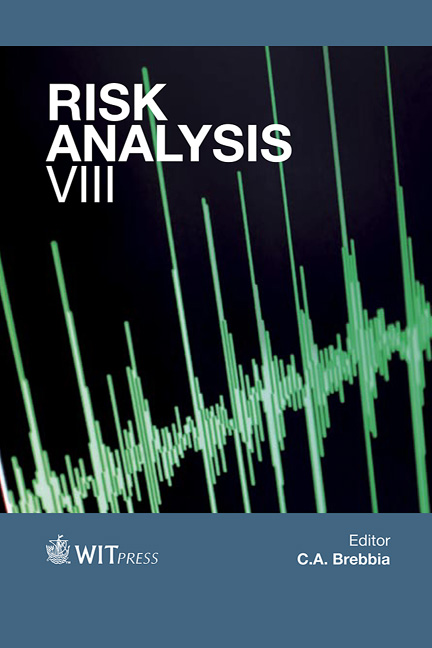Using Blind-tests For Database Evaluation In The Prediction Of Rotational-translational Landslides In The Tirano North Area, Northern Italy
Price
Free (open access)
Volume
44
Pages
18
Page Range
263 - 280
Published
2012
Size
1746 kb
Paper DOI
10.2495/RISK120231
Copyright
WIT Press
Author(s)
A. G. Fabbri, M. R. Mauriello & C. J. Chung
Abstract
This contribution deals with the integration of spatial data to predict landslide hazard. A database is used containing the spatial distribution of landslides that have occurred in a study area in the northern part of the \“Comunità Montana Valtellina di Tirano”, in the Lombardy Region of northern Italy. The mountain area is affected by a large number of rotational-translational landslides. The database consists of digital maps of both continuous and categorical data that are considered as influential in determining the conditions of sliding and is to allow the identification of spatial relationships between the distribution of observedmapped landslide trigger zones and that of the integrated map units of the moreor- less \“influential” digital maps. Functions of those relationships are used for the characterization and recognition of either known trigger zones or future ones, over the entire study area. Given a mathematical model to establish the spatial relationships using a database, their integration within a study area to generate a landslide hazard map, must be tested for relative significance and quality for the purpose of hazard prediction. For this the dedicated software system Spatial Target Mapping, STM, is used that provides iterative blind testing procedures for a number of spatial prediction models. The analyses, based on empirical likelihood ratios and many blind tests, have clearly identified the capabilities of the database in its present condition for prediction modelling of landslide hazard. Keywords: landslide hazard, spatial relationships, data integration, likelihood ratios, spatial prediction, blind tests, database evaluation.
Keywords
Keywords: landslide hazard, spatial relationships, data integration, likelihoodratios, spatial prediction, blind tests, database evaluation





